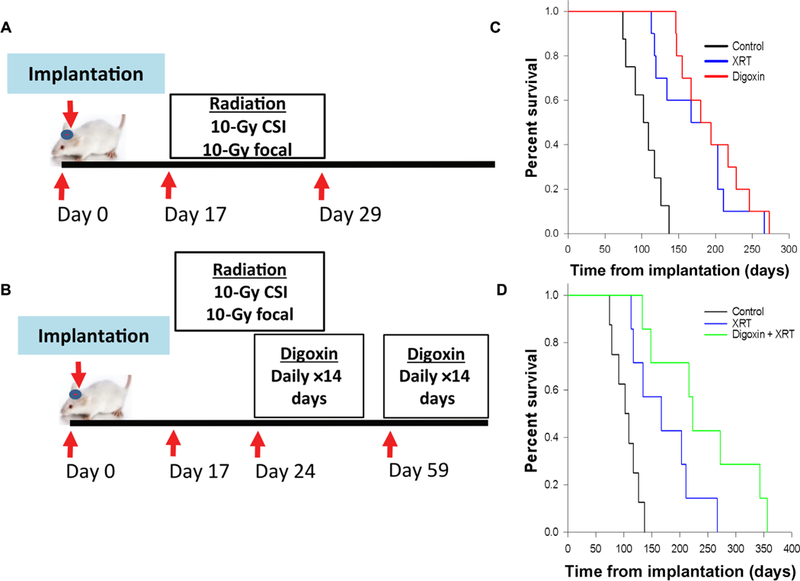Fig. 5. Comparison of the effects of digoxin and ionizing radiation alone and in combination on survival in an orthotopic PDX model of group 3 MB.

(A) Treatment schematic for radiation alone. Seventeen days after implantation, mice received fractionated radiation to the craniospinal axis (2 Gy/day) for 5 days, followed by 2 days of recovery, and then 5 days focal radiation to the cerebellum (2 Gy/day). CSI, craniospinal irradiation. (B) Treatment schematic of combination therapy. Radiation therapy (XRT) was initiated on day 17 described in (A), with initiation of digoxin treatments 24 days after implantation, mice received digoxin (2 mg/kg ip daily) for 14 days, followed by 21 days with no treatment, and then an additional 14 days of treatment. (C) Kaplan-Meier curve comparing the median survival of ICb-2555MB tumor-bearing mice: untreated (n = 8, 102 days), digoxin-treated (n = 10, 180 days), and radiation alone (n = 10, 167 days). Both digoxin single-agent therapy (log-rank test, P = 0.007) and radiation alone (log-rank test, P < 0.001) showed significant prolongation of survival relative untreated controls but were comparable when compared to one another (log-rank test, P = 0.91) (D) Kaplan-Meier curve comparing the median survival of untreated (n = 8, 102 days), radiation only (n = 10, 167 days), and combination therapy-treated (n = 10, 219 days) mice. Combination therapy showed a significant prolongation of survival compared to both radiation alone (log-rank test, P = 0.04) and untreated controls (log-rank test, P < 0.001).
